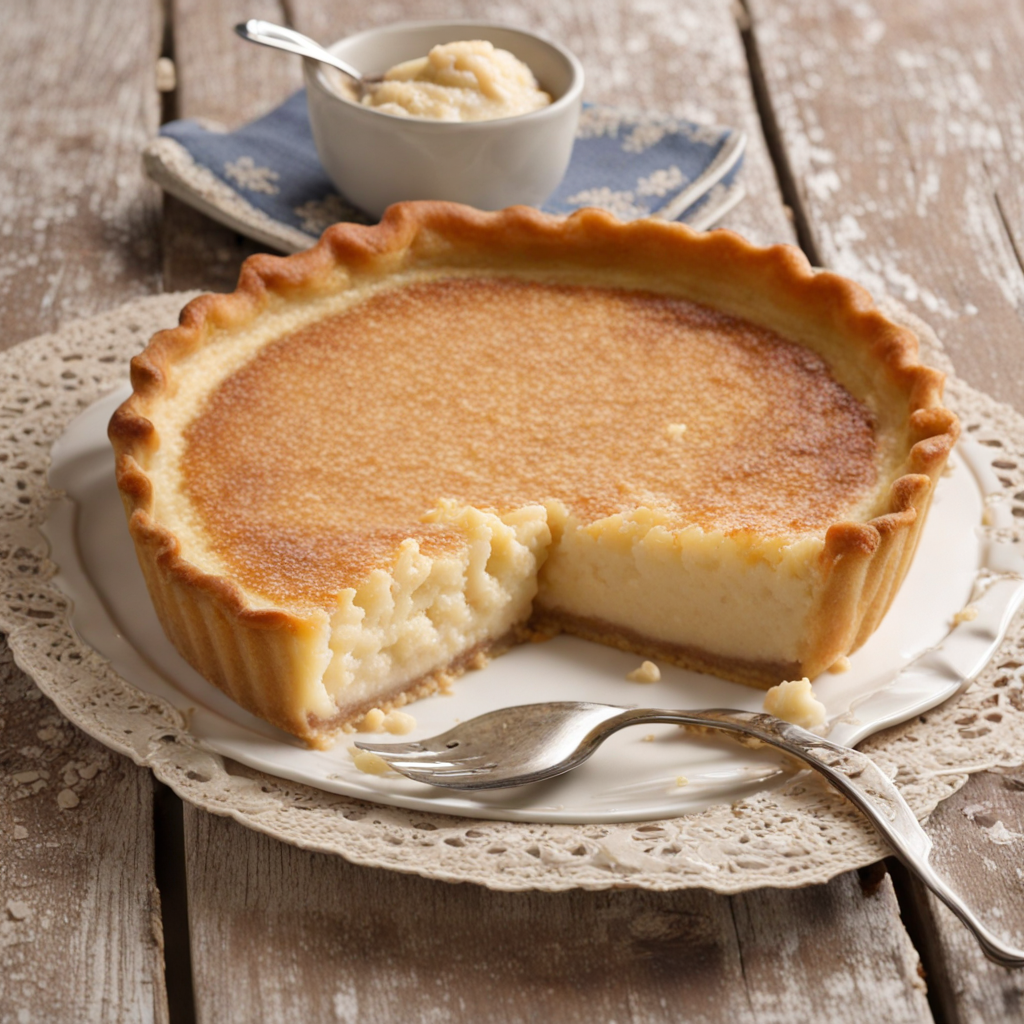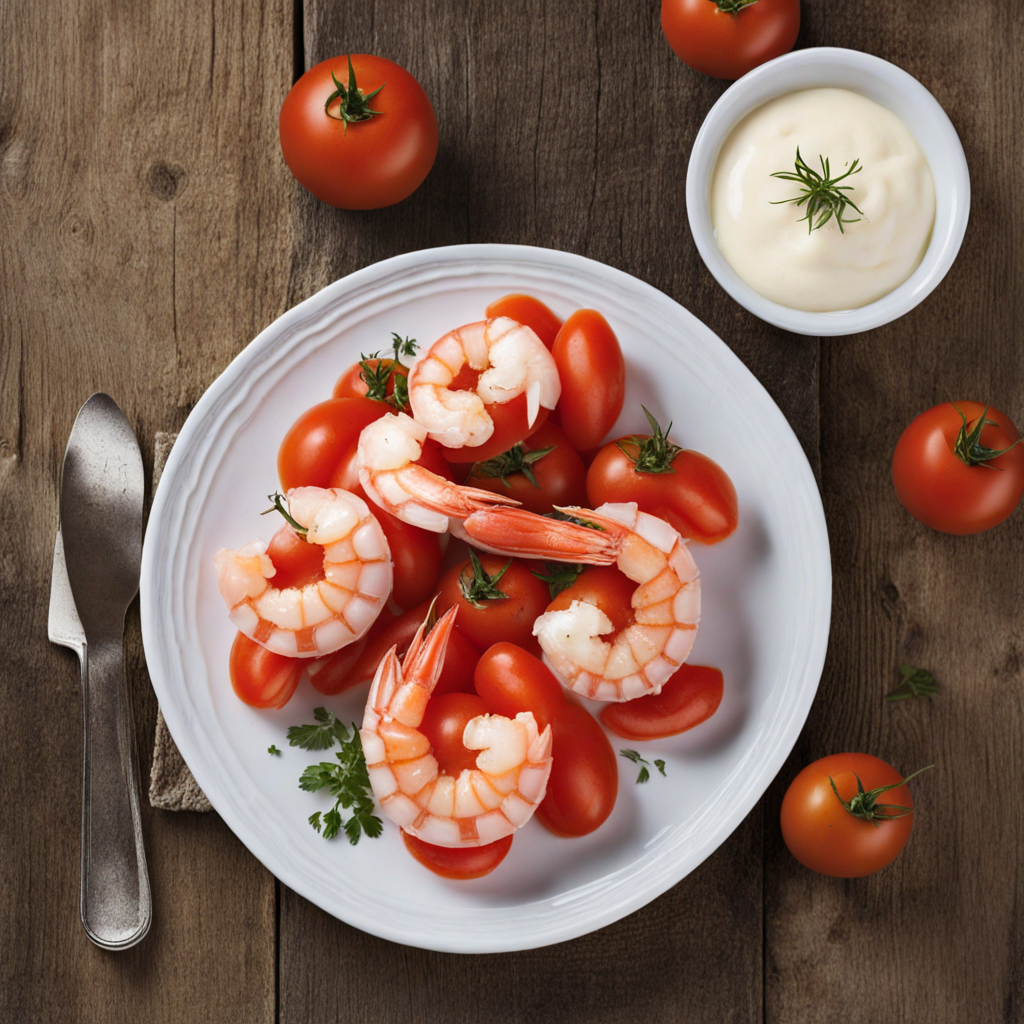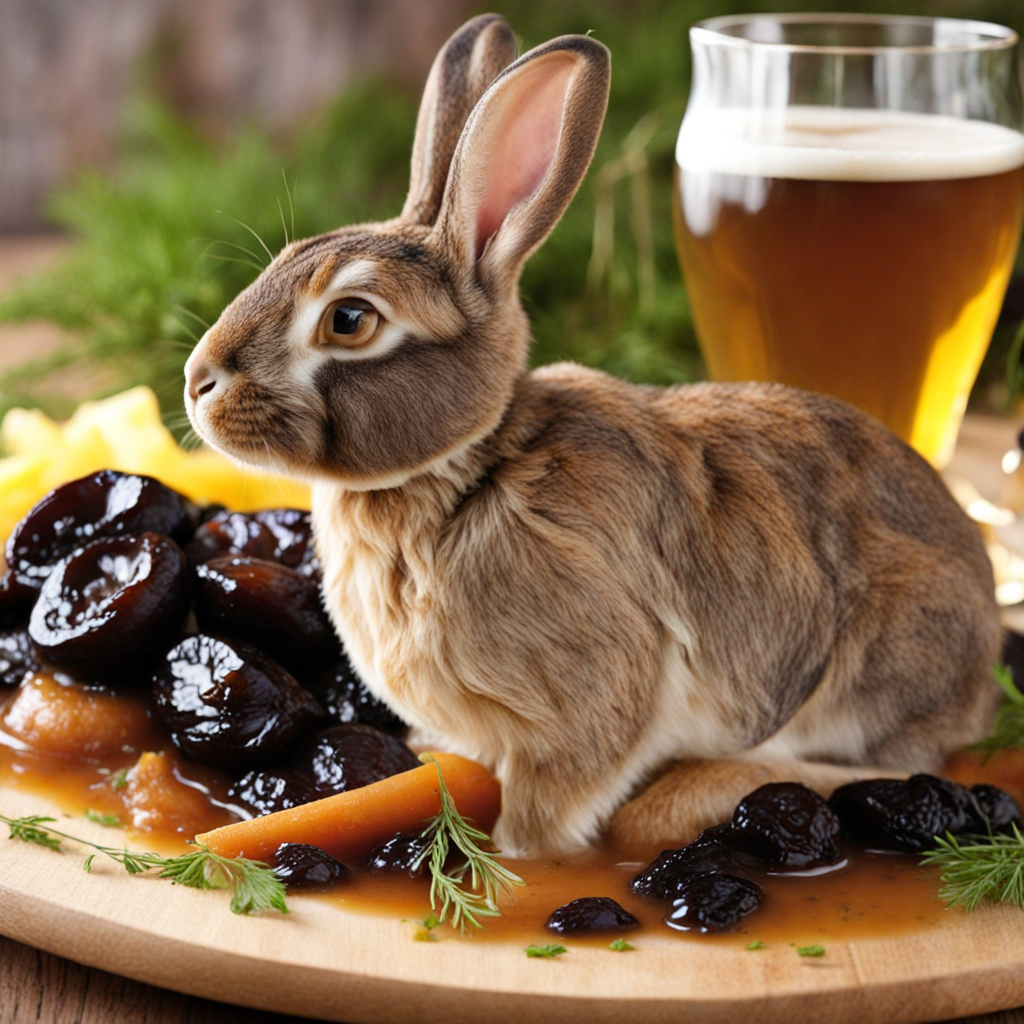Frites
Frites, the beloved Belgian fries, are a culinary delight that perfectly encapsulates the essence of comfort food. Unlike standard French fries, which are often thin and crisp, Belgian frites are typically thicker, resulting in a delightful contrast between a crispy exterior and a fluffy interior. They are traditionally double-fried, a technique that enhances their texture and flavor, making each bite incredibly satisfying. Served piping hot, these golden morsels are a staple street food in Belgium, often enjoyed in paper cones and accompanied by a variety of delicious sauces. What truly sets Belgian frites apart is the attention to quality and the choice of potatoes. Belgians favor specific varieties like Bintje, which are known for their high starch content and perfect frying qualities. The frying process is an art form in itself, with the first fry cooking the potatoes at a lower temperature to cook them through, followed by a second fry at a higher temperature to achieve that perfect crispiness. This method not only enhances the flavor but also ensures that each fry maintains its shape and texture, making every bite a delightful experience. Accompanying these frites is a wide array of sauces, allowing for a personalized tasting experience. Traditional options include mayo, which is often a favorite among locals, as well as a variety of flavorful sauces like andalouse (a spicy mayonnaise-based sauce) or tartar sauce. For those seeking a bolder experience, options like curry ketchup and samurai sauce, a spicy blend, are also popular. The combination of the perfectly fried frites and the diverse selection of sauces creates a symphony of flavors that invites food lovers to explore and enjoy the true taste of Belgium.
How It Became This Dish
The History of Frites: Belgium's Culinary Treasure Frites, or fries as they are commonly known in the Anglophone world, are much more than a beloved side dish; they are an emblem of Belgian culture and identity. With a rich history that intertwines culinary innovation, national pride, and cultural significance, frites have evolved into a global phenomenon. This exploration of frites will take us through their origins, cultural importance, and development throughout the ages. #### Origins: The Birth of Frites The origins of frites are often shrouded in mystery and contention, with both Belgium and France claiming to be the birthplace of this iconic dish. The most widely accepted narrative suggests that frites originated in Belgium in the late 17th century. According to folklore, the people of the Meuse Valley would fry small fish as a staple food. However, during the winter months, when the rivers froze, they turned to potatoes as a substitute. The first documented reference to "frites" appears in a French text from 1781, but it is essential to note that the term "fritures" referred to fried foods generally, not specifically fries. The word "frites" itself is derived from the French verb "frire," which means "to fry." Over the years, the potato, a crop introduced to Europe from South America in the 16th century, gained popularity, and it became the primary ingredient for this delightful dish. #### Cultural Significance: A National Icon Frites are more than just a culinary delight in Belgium; they are a cultural institution. The manner in which frites are served and consumed reflects the social fabric of Belgian life. Traditionally, frites are served in a paper cone, often accompanied by an array of sauces, the most popular being mayonnaise, though other options like andalouse (a spicy mayonnaise), curry ketchup, and tartar sauce are also widely enjoyed. Frites are commonly found in "friteries" or “fritkots,” which are specialized stalls or shops dedicated to serving fries. These establishments are scattered across Belgium and serve as communal spaces where people gather to enjoy a simple yet delicious meal. The ritual of visiting a friterie, particularly late at night, has become a rite of passage for Belgians and tourists alike, embodying a spirit of conviviality and indulgence. Moreover, frites have inspired a sense of national pride among Belgians. In 2008, the Belgian government even sought protection for the term "Belgian fries" in the European Union, arguing that only fries made in Belgium could carry that name. This endeavor reflects the deep-rooted connection between the dish and the national identity, emphasizing its significance beyond mere sustenance. #### Development Over Time: From Local Snack to Global Sensation As the 19th century unfolded, frites began to gain popularity beyond the borders of Belgium. The Industrial Revolution played a crucial role in this expansion, as technologies and transportation improvements allowed for the mass production and distribution of potatoes and frying equipment. The dish quickly became a staple across Europe, particularly in France, where it was embraced and integrated into the local cuisine. The association between frites and French cuisine was solidified by the American soldier's experience during World War I. When the U.S. troops arrived in Belgium, they were introduced to frites and mistakenly referred to them as "French fries," believing they originated in France due to the French-speaking population of Belgium. This misnomer stuck and has persisted in many parts of the world to this day, despite the dish's true Belgian heritage. In Belgium, frites continued to evolve. The introduction of double frying techniques in the 20th century enhanced their texture, resulting in the crispy exterior and fluffy interior that we recognize today. The choice of potatoes also expanded, with varieties like Bintje becoming favored for their ideal frying characteristics. The late 20th and early 21st centuries saw frites transcend their humble origins to become a gourmet food item. Chefs began experimenting with various flavor profiles and gourmet toppings, elevating frites to new culinary heights. In Belgium, this trend manifested through the establishment of "friture gastronomie," where chefs created artisanal frites served with high-quality sauces and unique accompaniments. #### Global Influence and Modern Interpretations In recent decades, frites have made their mark on the global culinary scene. The rise of fast-food chains has popularized the concept of fries, but few places can replicate the authentic experience of Belgian frites. In Belgium, fries are often paired with a variety of main dishes, including mussels (moules-frites), a classic combination that showcases the versatility of the dish. Internationally, frites have inspired numerous adaptations. From the loaded fries topped with cheese, bacon, and jalapeños in North America to the poutine of Canada—fries smothered in gravy and cheese curds—frites have been embraced and reimagined across cultures. Food trucks and casual dining establishments around the world now feature gourmet fries on their menus, often served with inventive dipping sauces and toppings, reflecting the global fascination with this simple yet beloved dish. #### Conclusion: A Culinary Legacy Today, frites are a symbol of Belgian heritage, embodying a sense of pride and cultural identity. They serve as a reminder of the humble potato's journey from the Andes to the streets of Belgium and beyond. Whether enjoyed at a bustling friterie in Brussels or as a gourmet dish in a fine dining establishment, frites continue to captivate palates and bring people together. The story of frites is not just about food; it is about community, history, and the shared joy of culinary experiences. As they evolve and adapt to new trends, one thing remains clear: frites will always hold a special place in the hearts of those who savor their deliciousness, both in Belgium and around the world.
You may like
Discover local flavors from Belgium







